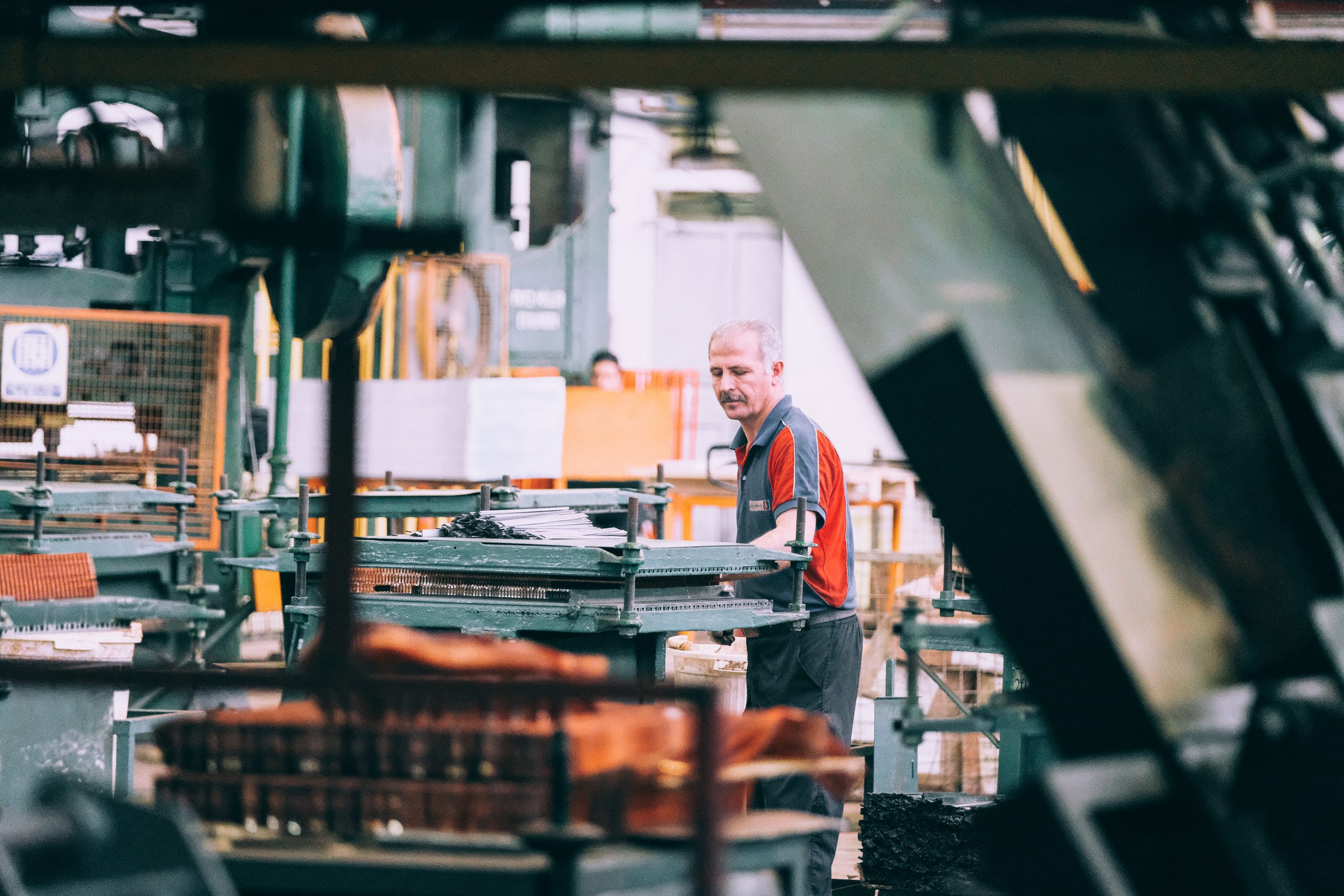PCP is the acronym for Production, Planning and Control and is the activity of managing the production of goods. It’s a very popular process and is regularly adopted in the industry. It allows managers to control, forecast and optimize production.
So, the objective of PCP is to facilitate decision-making and therefore increase efficiency and profitability, as well as stand-alone results. Basically, it is a logistic process that assures that the product is rightly produced and delivered.
Let’s learn more about PCP in this article!
How does PCP work? What is it?
The greatest advantage of a PCP process is that it controls time, costs and employees efforts that compose the production. That can happen because it establishes what to produce, how much and coordinates the activities of production.
While it controls activities, making it goes according to planning, it alsos provides the manager a way to effectively monitor activities and record. It takes part of steps such as:
- Routing;
- Loading;
- Scheduling;
- Dispatching;
- Tracking;
- Inspection;
- Correction of the production line.
So, the PCP is present in the whole process and can plan timing, quantity and places of production. Besides that, it can determine aspects such as the quantity of raw material needed for each item and how to maintain a high quality result.
What are the objectives of PCP?
As said previously, the objective of PCP is to align all the processes of a production. That means the order of raw materials, the assembly of the product, quality control and finally the stocking. With a controlled process, you have information of quantity and production capacity.
So, the PCP will allow your company to measure data and from that make more efficient decisions, increasing production and revenue. But let’s look at the specific objectives of a PCP process:
- Plan the production process: that means mostly establishing how much of a product must be produced. Also, setting deadlines so your deliveries are on time.
- Managing Machinery: the production needs working machinery, so PCP must assure that it’s always functioning. It also needs to recharge all the input on the machines, so it can proceed the process without delay.
- Setting Priorities: that will make the process more organized, by defining what must be done in which order and the priority of each of the actions.
- Monitoring of the Supply Chain: finally, its up to PCP to fiscalize, time and monitor the development of products. That will lead the final product to stock or not.
Planning Stages
To accomplish those objectives, PCP has stages of planning that will lead to the results. Basically there is 4 stages:
Factory Scheduling: That stage is related to everything done in the factory. From the preparation of activities for ground workers till the demand of items and materials. It also includes the repair of equipment and human resources management.
MRP: That stands for manufacturing resources planning and it is a way to deal with material and processes of assembly. Basically is a stock management for raw materials and production.
Stage Sequencing: Here the PCP establishes the sequence of operation for an optimized process. It’s important to avoid problems with products and to keep the general process accessible to everyone.
Master Production Schedule: Finally, the master production schedule is a document that records everything and sets rules and how activities must be done.
In sum
The main advantage of the method is to control the process and guarantee that the products are produced according to planning. It also keeps track of everything so it’s easier to see evolution and what’s not working and can be improved.
So, PCP will result in better final results and increase profitability, while making production and sales more connected and functional.

